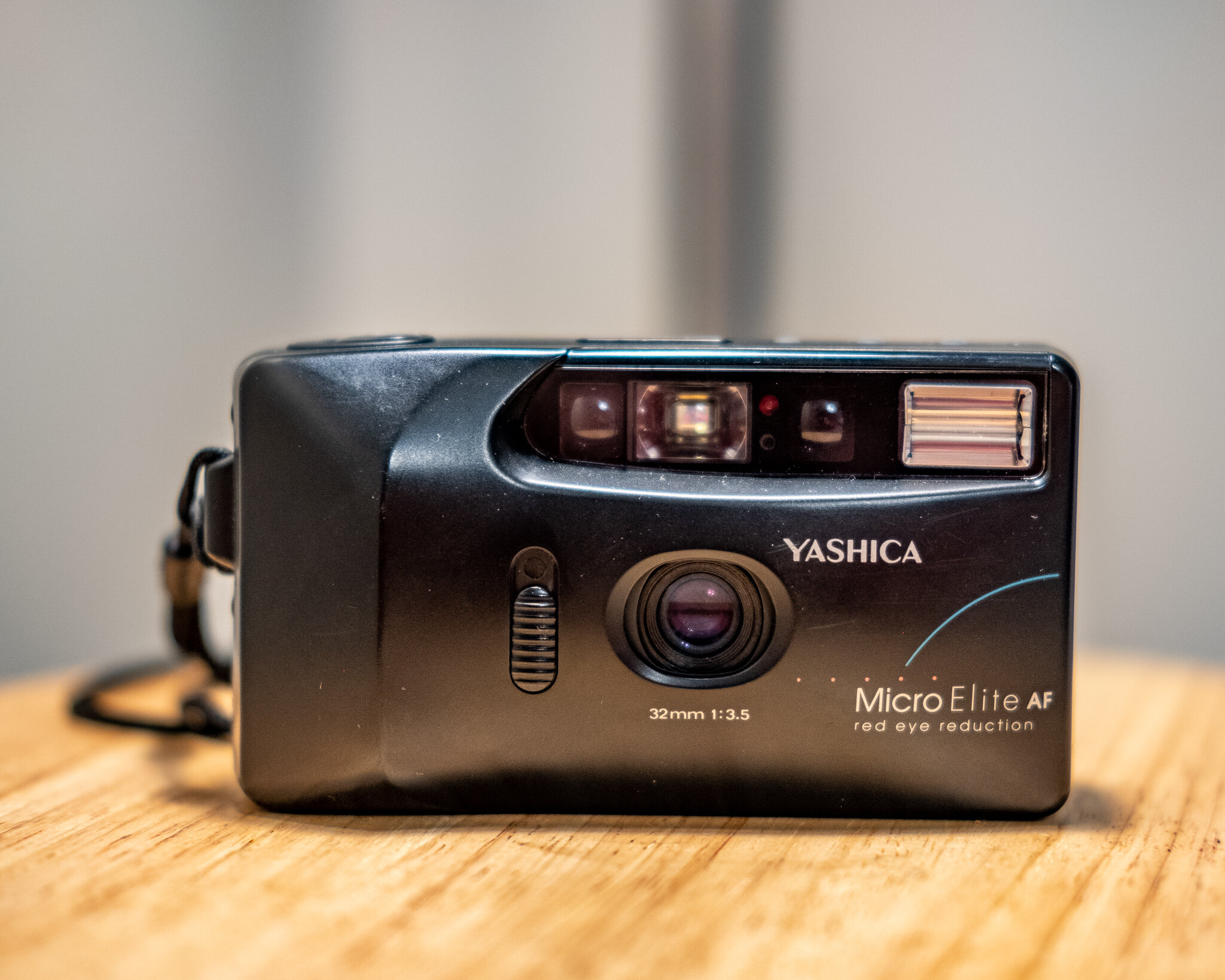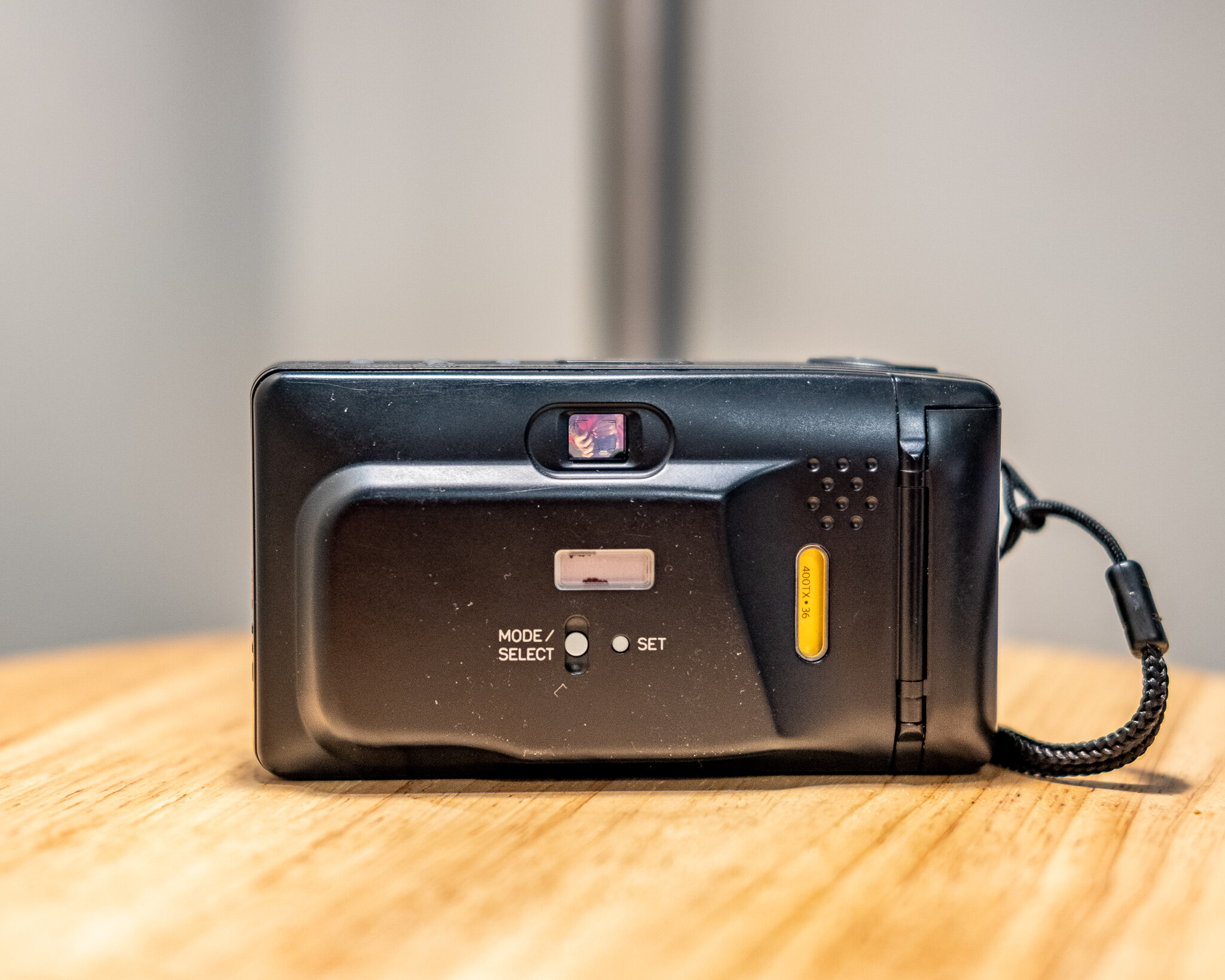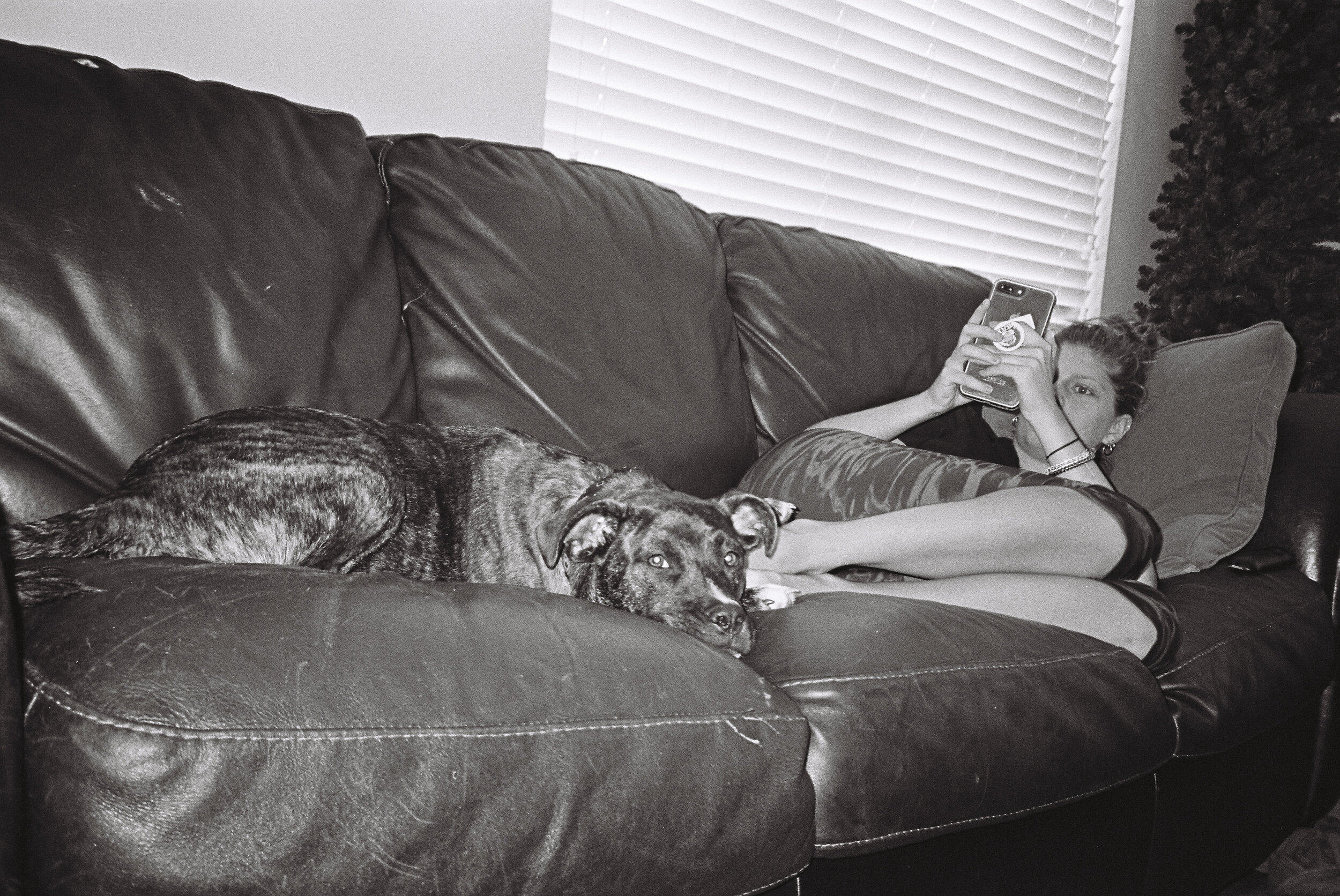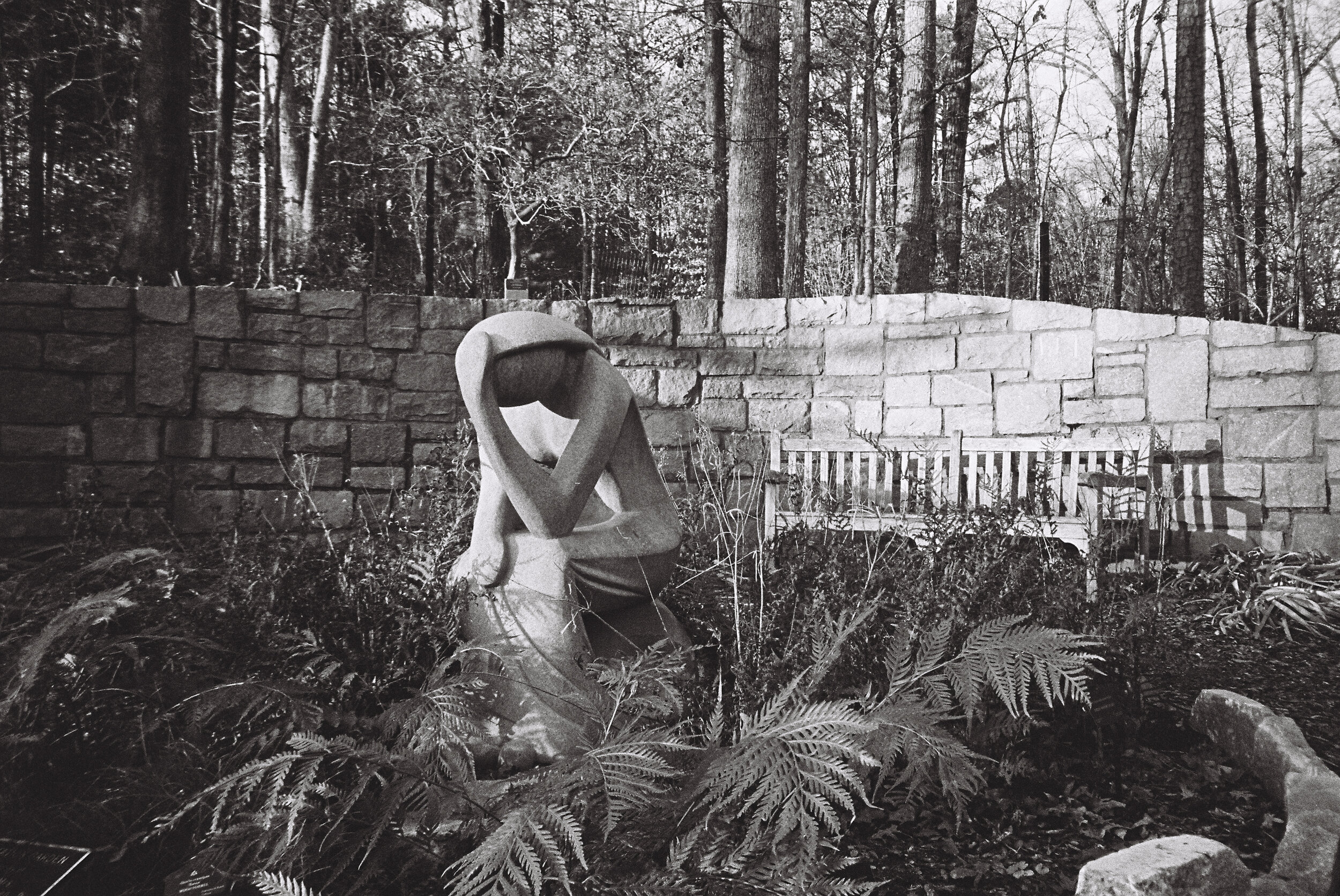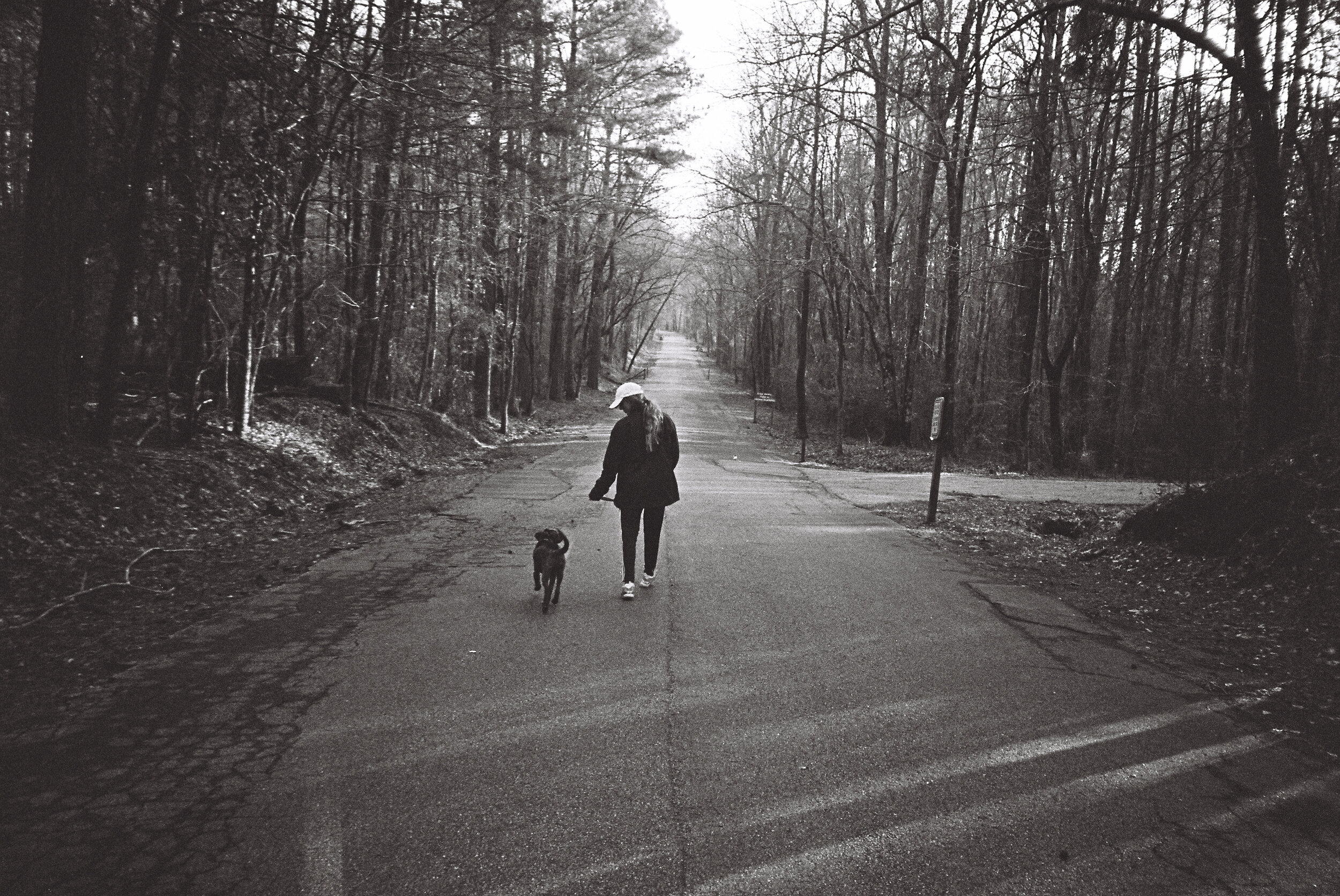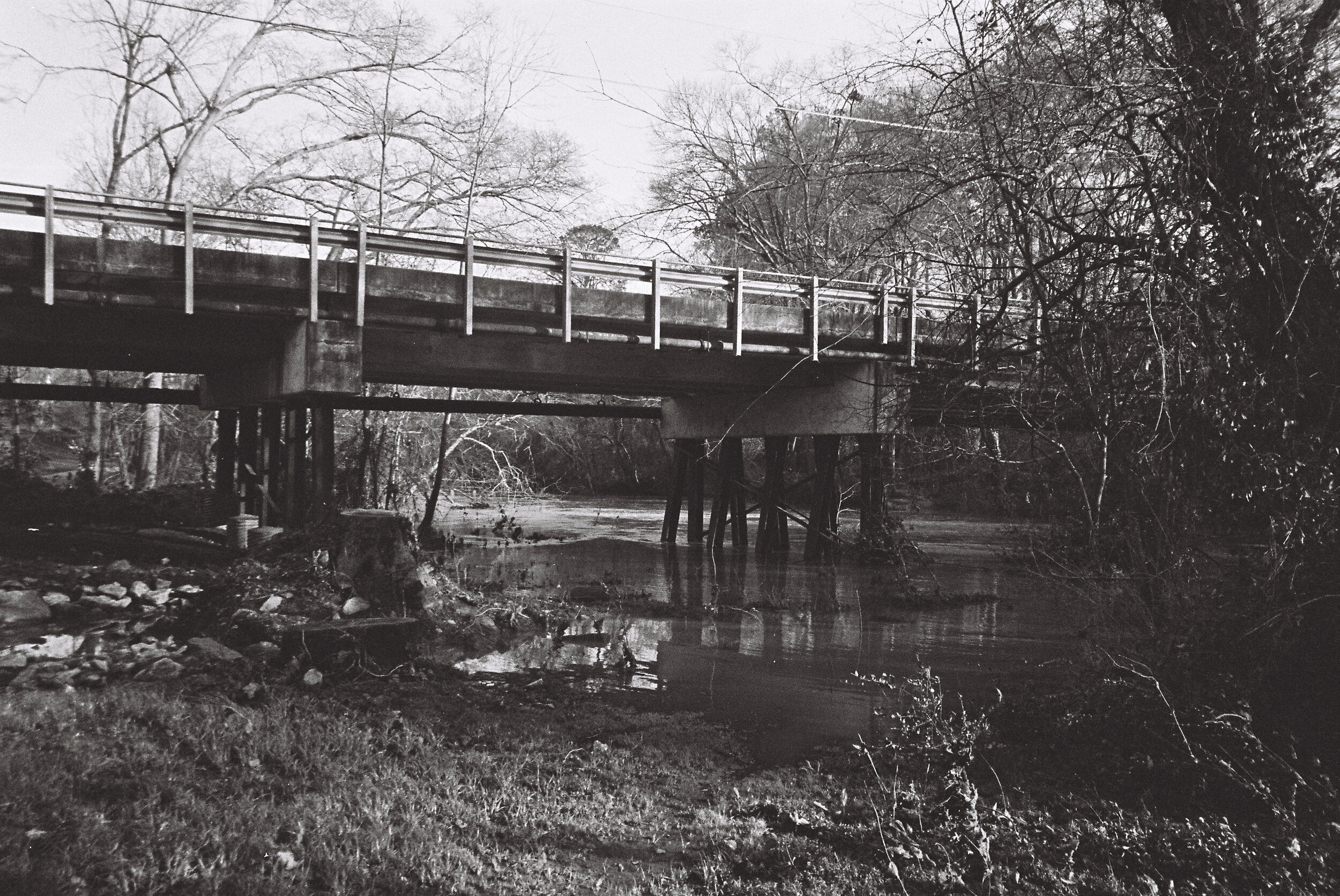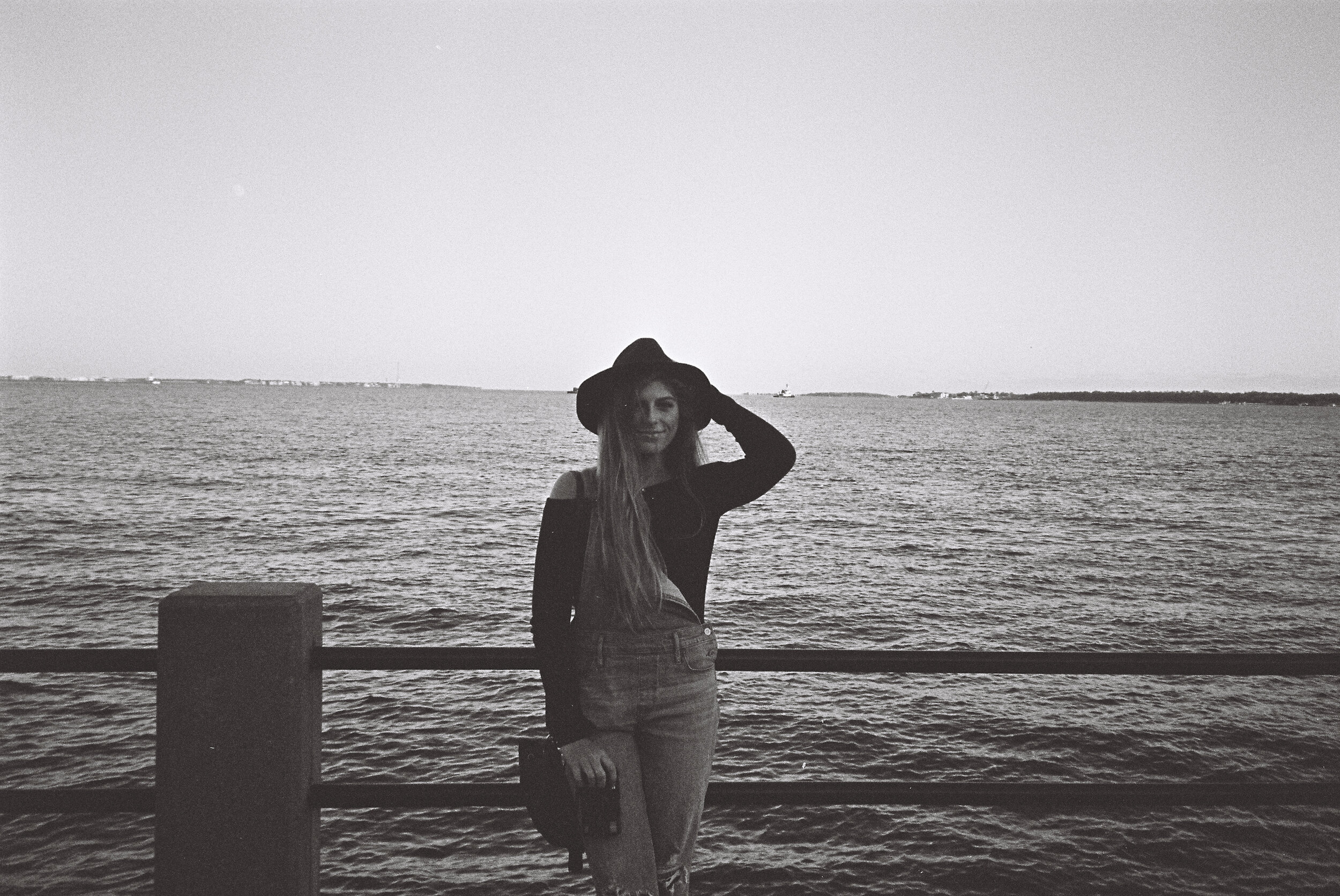Ah, the Yashica Micro Elite AF, so full of promise. You were almost the one. Almost.
Well, on second thought, not really.
We all know the Yashica T4, a legendary point and shoot, commanding hundreds of dollars on eBay even today. But what is it, what is it really, when you strip away all of the myth and legend and revere. It is a black plastic compact point-and-shooter, made by Kyocera Yashica in 1992. It features a 35 mm, f3.5 tessar lens with 4 elements. Sure that lens is a Carl Zeiss Tessar, but still. Apparently, these were the basic ingredients at the core of one of the best point and shoot 35mm cameras of all time. And that brings us here.
The Micro Elite AF is a black plastic compact point-and-shooter, made by Kyocera Yashica in 1992. It features a 32mm, f3.5 Tessar-type lens with 4 elements. And yet, while the T4 trades online between $350 and $500, the Micro Elite, also called the Minitec, trades often for $30. Squarely in the range of affordability for me, and worth finding out exactly where the similarities stop.
Though somewhat rarer than comparable cameras, there are always at least a few to be had. The first one I found looked perfect, free of any notable wear and tear and claimed to be fully operational. As a bonus it didn’t have a data back, making it a bit slimmer and perfect for slipping into a pocket. One click on the buy it now option on eBay and a $25 PayPal transfer later, it was on the way.
The camera arrived looking absolutely beautiful but you can never be too careful, so I threw in a couple AA’s and a roll of film I’ve been using for testing and fired off a few shots. The shutter was opening, film was advancing, focus seemed to be finding its mark just fine, but one thing was immediately apparent; no flash. No matter what I did, it would not fire, even when set to force flash. Oh well. I immediately messaged the seller, and they graciously gave me a full refund. It now lives happily on my shelf, a half-assed attempt at decorating.
Taking this refund and now more dead set than ever on acquiring one of these little guys, I put the money immediately toward another one, this time with a small soft case, the original manual, and the data back. Though the thicker frame wasn’t ideal, it certainly wasn’t a deal breaker. More importantly, the flash worked.
So what’s it like? It’s fine. Good even. the aesthetics are clean, simple, and attractive, if a bit similar to a lightly used bar of soap. The shutter button is a vague on mine, and finding the proper press to achieve focus lock or fire can be tricky. The top LCD is always on displaying the shot count even when the camera is switched off. Buttons along the top control the self timer, the three flash modes, infinity focus lock, and film rewind. ISO is automatically set for DX coded film from 100-400, and though there is little information to go on, general consensus puts the shutter speeds at 1/60th-1/200th.
In use, the little Yashica left a bit to be desired. As mentioned, the shutter button is soft, and getting it to remain focused can be a drag. Unfortunately the camera will not fire without a solid focus which lead to some missed moments. Funny enough, another point I don’t like is the flash. I found myself missing the camera with the broken flash as there is no way to disable it. If the camera thinks you need flash then dammit you’re gonna get it. You can attempt to get around this with the infinity focus button which disables it, but this presents the obvious issue of missed focus, especially if the goal is close up street shooting. The data back as mentioned is thick, and makes the camera difficult to shove comfortably in a pocket between shots. But enough of that, how are the photos?
I will go with nothing short of….fine? The results ended up a mixed bag, some surprisingly sharp, some woefully underexposed, most a bit flat. Take for instance the one below;
My girlfriend actually took a version of this photo as well, which can be viewed in my review of the Minolta Freedom Tele. Though hers was taken in color, both are 400 ISO films, really illustrating just how far off the camera metered for the image. It was actually broad daylight, with mild shadowing, something that shouldn’t ordinarily be a challenge. However, as we see here, the little Yashica seems to have struggled greatly, simultaneously killing all detail in the highlights and shadows alike. Another issue I had is the lack of any manual control over flash, resulting in it firing at inopportune times, such as an art gallery where photos are not allowed:
You can clearly see the flash’s reflection in the glass on either side of her. Luckily the person running the gallery was in the other room, so we got off scot free. However, this obviously poses an issue if you are inclined toward street photography, a task this camera would otherwise be well suited to with its 32mm lens, small proportions and nondescript looks. Despite these shortcomings, there were a couple that quite surprised me.
Note the fine detail in the puppy’s fur above and the leaves in the plant below. Sharpness was hit or miss photo to photo, but when it hit the little 4 element tessar style lens exceeded the admittedly low bar I had set for it. Now, onto the few favorites out of the bunch.
My top picks from the roll have more to do with the subject matter than the actual quality of the photograph. My beautiful girlfriend, her puppy, Maverick, a casual, if off centered shot of leading lines, and a rather austere looking bridge. The railroad and the portrait manage to remain interesting to my eye, despite being rather flat and gray. The bridge and the image of my subjects walking maintained more sharpness and contrast, but nothing to really write home about. I just like the pictures. All of this being said, the image quality ranges from utterly terrible to just fine, and everything in between.
So, is this little budget cam what I was hoping for, a close enough facsimile to a Yashica T4 to at least pass as good? I say with a heavy heart that no, it is not. Decidedly not in fact. It was a cheap camera when it came out all those years ago, and it remains a cheap camera today. The features, or lack thereof, make its use extremely limiting, the shutter button’s often utter disregard to being pushed led to several missed shots and plenty of frustration, and the images do nothing to bolster any remaining credit I may have lent it. Maybe giving it another chance, as I did with the Nikon, could at least try and change my mind, but I had such a hard time finishing this roll that I’m going to go ahead and say the little Yashica’s fate is sealed. Look out for it being given away for the price of a like on Instagram in the near future. $30 is not a worthwhile fee for entry, but maybe free will be.
Thanks for reading, if you liked this review, please leave a comment, check out my other writing or photographic work, or find me on Instagram @willwanderphotography.

